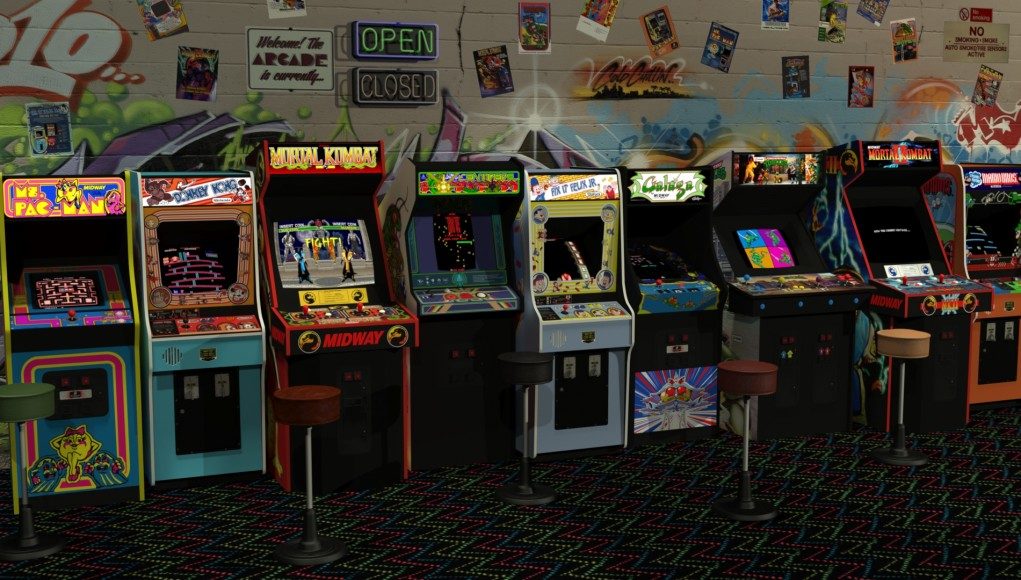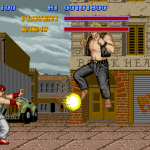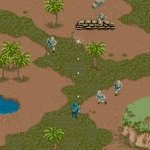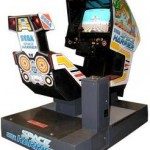I’ve now been a gamer for, well, far too long now. More than books, movies or television, games have been my obsession for as long as I can remember. For me, growing up is inextricably linked to the games around during that period of my life and arcades held a special fascination.
Arcades back in the 80s and 90s were the place to play games. Unlike today, computing power in the home trailed far behind the likes of dedicated and often cutting-edge gaming hardware that coin-op manufacturers built for the numerous game arcade halls across the world.
Going way back, watching (and listening to) an original Asteroids machine with its mesmerising, monochrome vector graphics and booming, pulsating soundtrack was a world away from the bleeping, BASIC coded homebrew efforts I had on my meagre Acorn Electron back home. Greats like Commando, R-Type, Bubble Bobble and its sequel Rainbow Islands and later Street Fighter all had a special draw with their dazzling colour, smooth parallax scrolling and stunning sound.
Then there were the big ticket cabinets from the likes of Sega, at the times all conquering giants of the gaming industry. Space Harrier, one of the first titles to include a motorised motion cabinet on its Deluxe model was mind blowing to me. 3D Graphics (actually, hardware accelerated 2D sprites) like I’d never seen before, a killer attract sequence and that unforgettable speech sample when you sat down and pressed start “Welcome to the fantasy zone, Get Ready!”.
I’ve tinkered at length with emulators over the years and although these days, home PC hardware is easily able to emulate every Arcade great I ever loved in terms of audio and graphics, something is always missing.
Enter, MemoRift
Sitting down to watch MemoRift’s intro video today (see above) made me realise what the missing piece was, the collective sound of 20+ attract sequences running all in the same space – that wonderful cacophony that has been consigned to distant memory now. Could virtual reality be the missing link for a perfect emulation experience?
In the video, MemoRift developer Roy Lazarovich walks us through the virtual arcade with a myriad standup cabinets all playing their attract sequences and captures that arcade atmosphere brilliantly. By capturing videos of each and every emulated title and then set them to loop, he’s recreated that authentic sound brilliantly.
Memorift is, at its most basic, a front end to emulation. But leveraging the Oculus Rift as your window into this emulation, making browsing your ROM collection an atmospheric walk through nostalgia that nothing else has come close to.
What’s more, Roy has already implemented clever optimisations and options to tweak this experience and ensure machines of all specifications can run the experience. Attract screens can play only on proximity and shut off altogether when running an emulated title.
I’m very much looking forward to getting my hands on MemoRift. However, I can foresee some issues with the model of emulation in virtual reality. Switching between preferred VR control devices and fundamentally incompatible retro devices like micro-switched joysticks and buttons may prove tricky. Plus, the current set of Oculus Rift developer kit display limitations, even low resolution arcade titles that looked best on CRT monitors may not be allowed the pixel perfect representation that retro gamers require to play them at their best.
But Lazarovich’s ambitions for MemoRift don’t end with enhanced emulation. His idea is to give people the ability to build rooms filled with nostalgia – TV, Cartoons, Games, Magazines – anything you need to step back into your past. It’s an intriguing prospect and yet another example of how virtual reality can bring new levels of enhancement to old desires.
There’s no word on release date or public demo’s as yet, but we’ll let you know once we hear anything.
You can find out more about MemoRift over at Roy Lazarovich’s website here.












